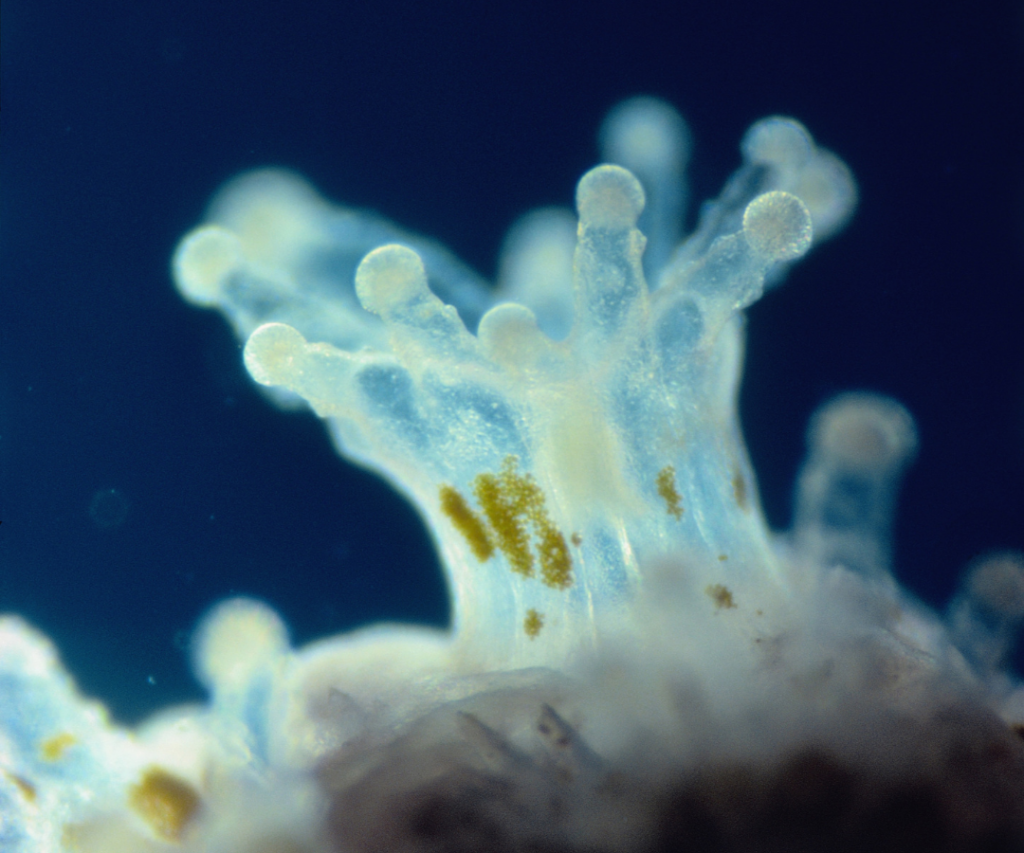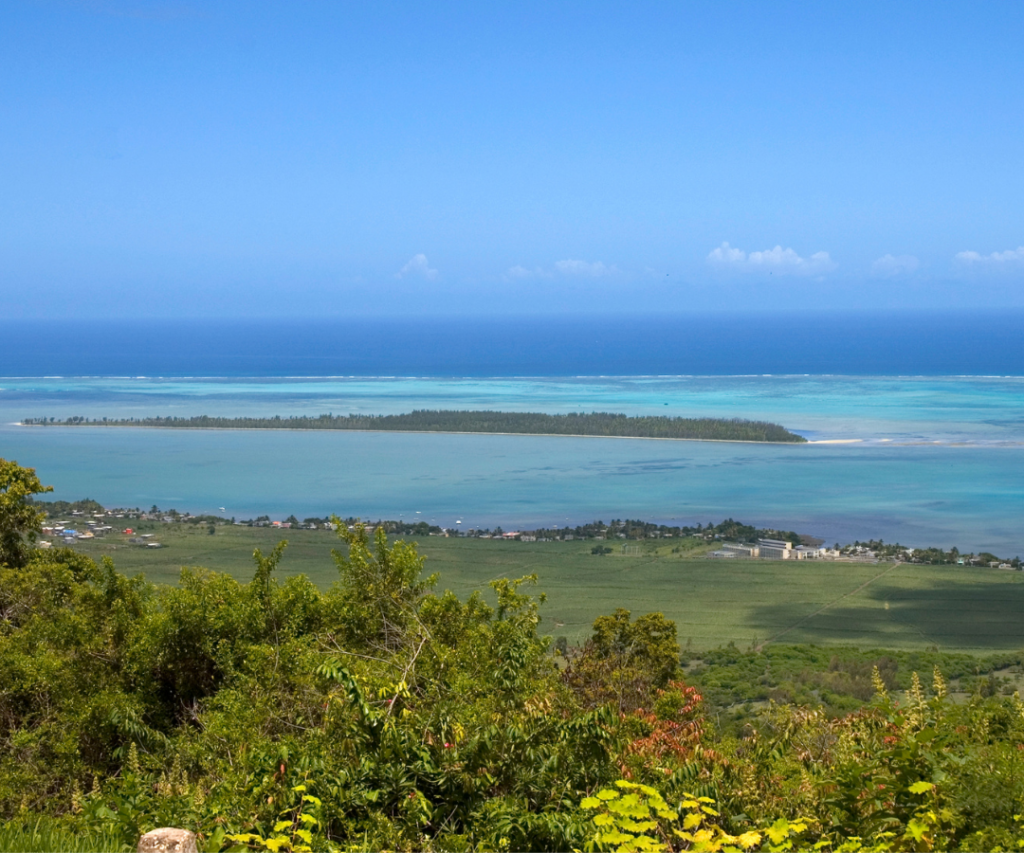March: Seagrass Awareness Month
When we talk about marine conservation, we always talk about coral reefs. It’s easy to forget about the lesser known seagrass beds and the mangrove forests, which are also vital marine ecosystems. Together, all three ecosystems complement each other and build a more complex marine ecosystem and habitat for a variety of small microorganisms, larvae and juvenile fishes.
Blue Carbon Potential
Seagrass ecosystems have been recently acknowledged for their blue carbon potential. Blue carbon refers to the organic carbon stored in coastal and marine ecosystems. Mangroves, salt marshes and seagrass beds possess an enormous potential to capture, store and release carbon.
Seagrass beds are actually one of the most productive ecosystem types on Earth. around 70% of the world’s oxygen is produced by the ocean, by aquatic photosynthetic organisms including algae, seagrass and kelp. These organisms account for more than 50% of the photosynthesis that takes place on Earth. The photosynthetic efficiency of these organisms is higher than in plants, because of a wider range of antenna pigments (to harvest light energy from the sun) and a variety of carbon dioxide concentrating systems to increase carbon dioxide concentration. Their incredible capacity to absorb carbon dioxide in this way, is a significant defence against climate change, and in shaping the ecology of the Earth.
What is Seagrass?
Seagrasses are flowering plants that have adapted to live underwater. They have a complex root structure which anchors the plant in the sediment where it grows. Photosynthesis is restricted to the cells in its leaves. There are over 72 species of seagrass worldwide, and 13 different types of species in the Western Indian Ocean. While there is not a significant amount of knowledge about their species composition and density around Mauritius, some of the identified species in Mauritius include the Narrowleaf Seagrass, the Halophila Seagrass, the Spoongrass and the Noodle Seagrass.
Where can Seagrass be found?
Seagrasses are found in protected coastal waters such as bays, lagoons and estuaries in both temperate and tropical regions on every continent except for Antarctica. Lagoons are created by a protecting reef.
Mauritius has a lot of so-called fringing reefs. In geological terms, a fringing reef is a relatively young reef that protects the shoreline and seagrass habitats that develop within the lagoon. They are highly productive marine ecosystems with thousands of organisms living within and around them. Usually associated and interconnected with seagrass beds and mangrove forests, coral reefs are important for the cycling and exchange of nutrients and biodiversity. 150km of Mauritius’ coastline is protected by a reef, apart from an 18km stretch in the South.
Seagrass beds are found intertidally (in between the high tide and low tide mark), as well as subtidally (the area below the level of low tide that’s always underwater). They can sometimes be found as deep as 40m, and usually in close proximity to mangrove forests.
In Mauritius, the mangrove forests provide habitats for insects, small rodents and birds. A lot of the ocean fishes also breed in the mangrove sediment and develop there during their juvenile stages. Mangroves also help to protect the shore against strong surges, waves and tsunamis. The roots trap sediment and prevent soil from flowing into the sea. The sediment is known to be a carbon ‘sink’ (absorbing more carbon from the atmosphere than it releases), as well as a filter to remove pollutants from runoff.
Why is Seagrass important?
Seagrass beds play a vital part in the global marine ecosystem, because of their efficiency and productivity levels. As an ecosystem, it provides food, habitat and nursery areas for numerous vertebrate and invertebrate species. Seagrass leaves absorb nutrients, and together with the dense roots, improve the clarity and quality of the water, by controlling the water flow, and capturing sand, dirt and silt particles. Seagrass beds stablise the sea bottom, helping to prevent erosion and providing a buffer against intense weather. Because of these benefits, seagrasses are believed to be the third most valuable ecosystem in the world, after estuaries and wetlands.
What are the biggest threats to Seagrass?
Sadly, seagrass beds are affected by multiple stressors globally, such as coastal development, excessive inorganic nutrients/pollutants, physical disturbances, commercial fishing practices, invasive species and global warming. Nutrient enrichment is by far the biggest problem, because it leads to eutrophication, a process which stimulates the excessive growth of algae. These algae blooms can block sunlight and impede the photosynthetic process. In Mauritius, the main stressor on seagrass comes from tourist developments, where seagrass beds can be cleared out in favour of a more ‘idyllic’ lagoon for tourists.
What can we do to protect the Seagrass Ecosystems?
If you think about it, a beach with seagrass is way more interesting than one with white sand only. If you take your time to snorkel over seagrass beds, chances are you will find a lot of interesting stuff like seahorses, juvenile fishes or with a bit of luck, even a feeding turtle. If the awareness and understanding of seagrass grows, so will the success in protecting these incredible habitats. Besides general planet-positive action like working to reduce your carbon footprint, recycling and reducing or eliminating single-use plastics, the best thing you can do is to arm yourself with knowledge, and rally together for the future of our planet. Organise and join local action initiatives, and support marine conservation charities such as Project Seagrass and the PADI AWARE Foundation. Become part of larger global movements such as the PADI Torchbearer Community.














